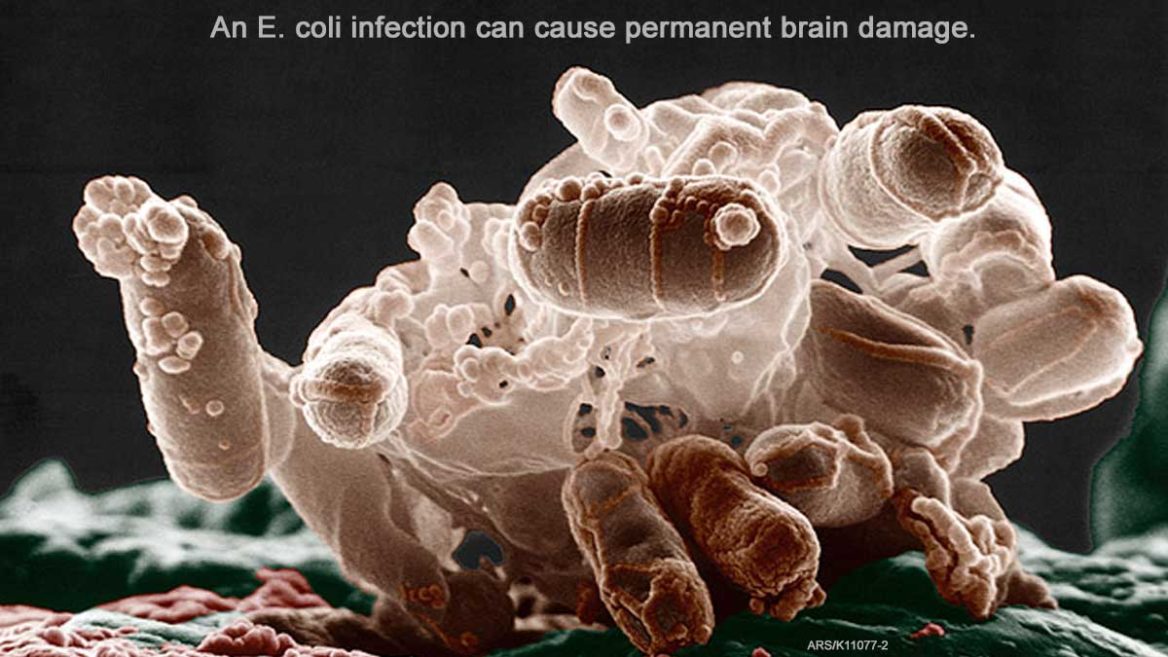E. coli-associated seizures are generally caused by hemolytic uremic syndrome (HUS), thrombotic thrombocytopenic purpura (TTP), or sepsis, all of which can damage the central nervous system. In fact, seizures are often one of the first signs that a patient has HUS or TTP. Because hemolytic uremic syndrome causes kidney failure, low urine output and yellowed skin due to jaundice are also early signs of HUS disease.
Our E. coli attorneys have helped families whose loved ones had seizures. It is terrifying for the family, and if there are further complications, it is just the beginning of a long and traumatic experience. If you would like to talk to one of our attorneys about an E. coli lawsuit involving HUS or TTP, use the form below.
Find out if you have a claim against a food company, restaurant, and/or grocery store for selling contaminated food. We are a national food safety law firm.
E. coli Seizures and Brain Damage
The primary manifestation of CNS involvement is seizures, which can be caused by vascular damage or cerebral hemorrhage, a sign that there damage to the brain. E. coli-associated seizures can also be caused by uremia (urea and other waste products staying in the blood due to kidney failure), hyponatremia (sodium levels are low and water levels are high), or other metabolic issues.
These seizures are usually general (affecting the whole brain), but can be focal (affecting a limited area of the brain). They can be the first symptom of HUS or TTP or occur at any point during the progression of the illness, even after an apparent recovery.
Seizures caused by E. coli infections are usually brief and easy to control, but a child with HUS or TTP may experience status epilepticus, which is a prolonged seizure, or a series of seizures where the child does not regain consciousness. The mortality rate for HUS and TTP patients who experience seizures and/or coma is higher than for those who do not suffer these complications.
Resources
1. David G. Nathan and F. A. Oski, Hematology of infancy and childhood, W.B. Saunders Co, Philadelphia (1993).
2. Hemolytic uremic syndrome and thrombotic thrombocytopenic purpura, Marcel Dekker, Inc. New York (1992).
Additional Information
- E. coli-HUS Lawyers and Lawsuit
- Children and Kidney Failure
- Coma
- E. coli and HUS Kidney Failure Treatment
- Encephalopathy
- Heart Problems
- Hemolytic Anemia
- Pancreatitis
- Respiratory Distress Syndrome, ARDS
- Stroke from E. coli and Hemolytic Uremic Syndrome

